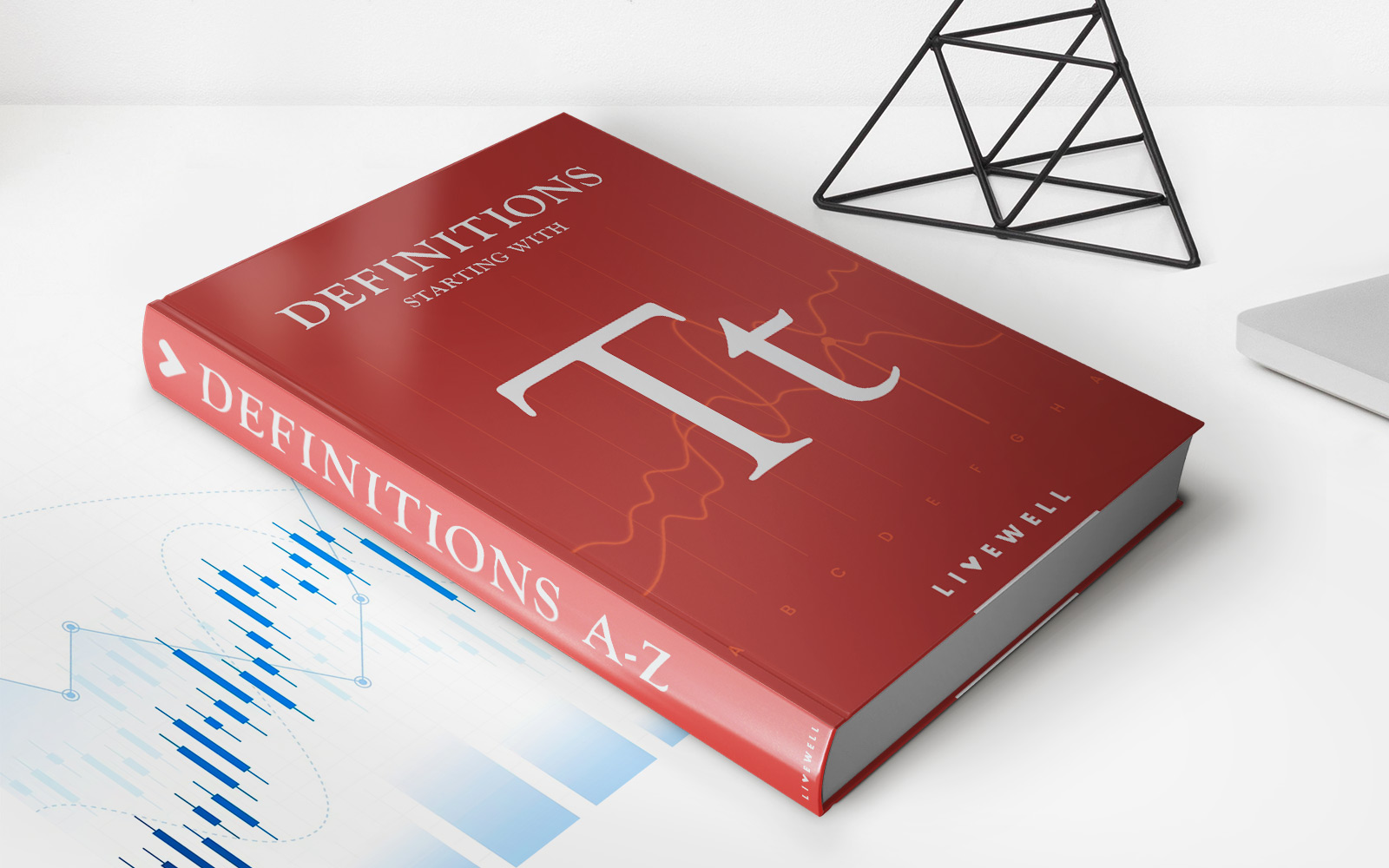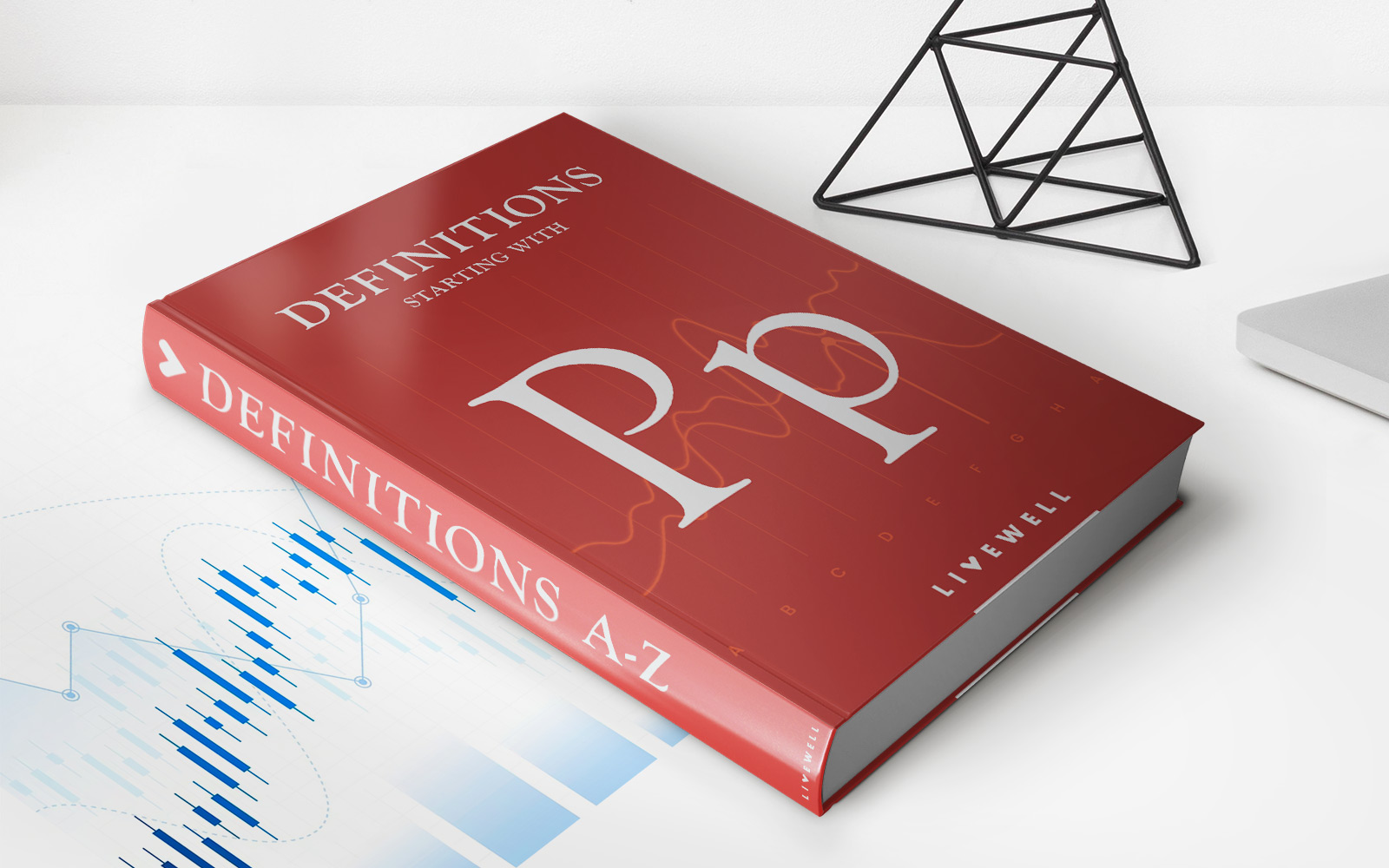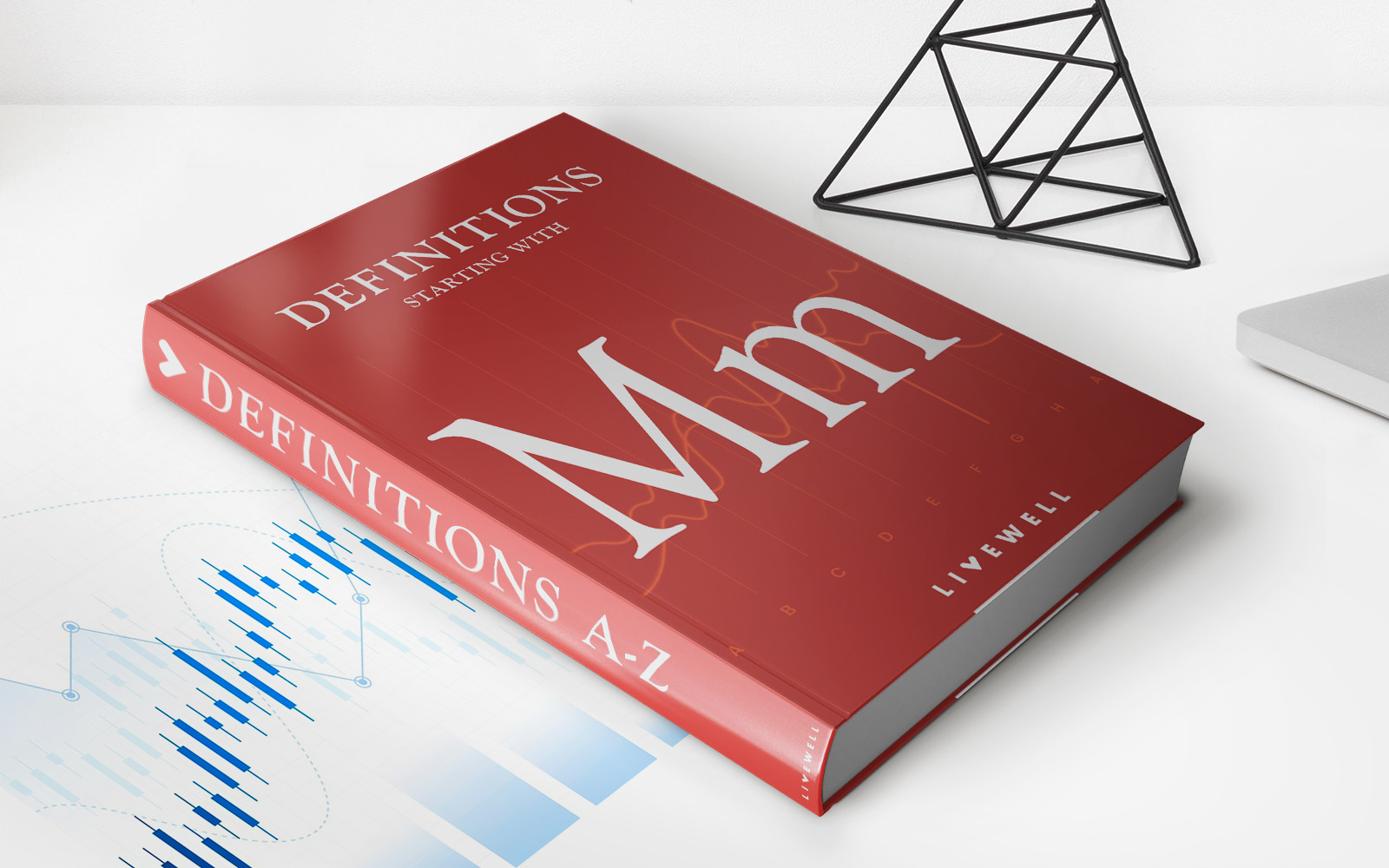Home>Finance>Tactical Asset Allocation (TAA): Definition And Example Portfolio


Finance
Tactical Asset Allocation (TAA): Definition And Example Portfolio
Published: February 5, 2024
Learn the definition and see an example portfolio of Tactical Asset Allocation (TAA), a finance strategy that maximizes returns through dynamic allocation.
(Many of the links in this article redirect to a specific reviewed product. Your purchase of these products through affiliate links helps to generate commission for LiveWell, at no extra cost. Learn more)
Tactical Asset Allocation (TAA): Definition and Example Portfolio
Do you want to know how to optimize your investment strategy and maximize your returns? Well, look no further! In this blog post, we are diving deep into the world of Tactical Asset Allocation (TAA) and how it can help you achieve your financial goals. Whether you are a seasoned investor or just starting out, understanding TAA is crucial for making informed decisions and staying ahead of the game. So, let’s get started!
Key Takeaways:
- Tactical Asset Allocation (TAA) involves actively adjusting investment allocations based on short-term market conditions.
- TAA combines elements of both top-down and bottom-up strategies to capitalize on market opportunities.
What is Tactical Asset Allocation (TAA)?
Tactical Asset Allocation (TAA) is an investment strategy that involves dynamically adjusting portfolio allocations based on short-term market conditions. Unlike traditional asset allocation strategies that adhere to a fixed, long-term allocation, TAA aims to exploit market inefficiencies and capitalize on short-term opportunities.
TAA takes into account factors such as economic indicators, market trends, and technical analysis to determine the optimal allocation across various asset classes. By actively monitoring and adjusting the portfolio allocation, investors can potentially enhance returns and manage risk more effectively.
An Example TAA Portfolio
Let’s take a closer look at an example of a Tactical Asset Allocation portfolio to better understand how it works. Imagine you have a portfolio with the following asset classes:
- US Stocks: 40%
- International Stocks: 30%
- Bonds: 20%
- Cash: 10%
Based on the current market conditions, a TAA strategy might suggest the following adjustments:
- US Stocks: Increase allocation to 50%
- International Stocks: Reduce allocation to 25%
- Bonds: Maintain at 20%
- Cash: Maintain at 5%
This example demonstrates how a TAA strategy dynamically adjusts portfolio allocations to take advantage of perceived market opportunities. By reallocating assets based on short-term indicators, investors can potentially enhance returns and manage risk more effectively.
Benefits of Tactical Asset Allocation
Now that you understand what TAA entails, let’s explore some of its benefits:
- Adaptability: TAA allows investors to adapt to changing market conditions and take advantage of short-term opportunities.
- Risk Management: By actively adjusting asset allocations, TAA can help manage risk and potentially reduce losses during market downturns.
- Enhanced Returns: By capitalizing on market inefficiencies, TAA has the potential to generate higher returns compared to a passive, long-term allocation strategy.
- Diversification: TAA enables diversification across various asset classes, reducing the dependence on a single investment.
It is important to note that TAA requires active monitoring and analysis of market conditions. While a well-executed TAA strategy can be beneficial, it is not without risks. As with any investment strategy, proper research, risk assessment, and consultation with a financial professional are crucial.
Final Thoughts
Tactical Asset Allocation (TAA) is a powerful investment strategy that can help optimize your portfolio and achieve your financial goals. By actively adjusting asset allocations based on short-term market conditions, TAA aims to enhance returns, manage risk, and take advantage of market opportunities. However, it is essential to thoroughly research, consider the risks, and consult with a financial advisor before implementing TAA.
Remember, the world of investing is dynamic, and having a strategy that adapts to changing market conditions can give you an edge. So, why wait? Start exploring Tactical Asset Allocation and unlock the potential for financial success!














